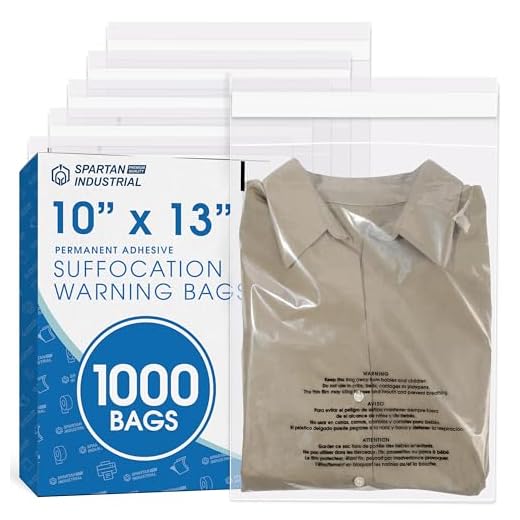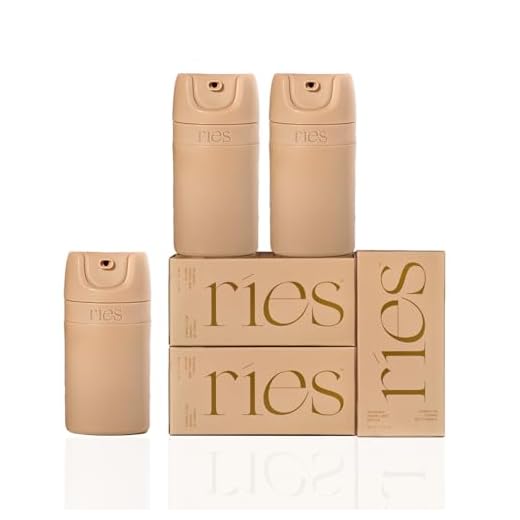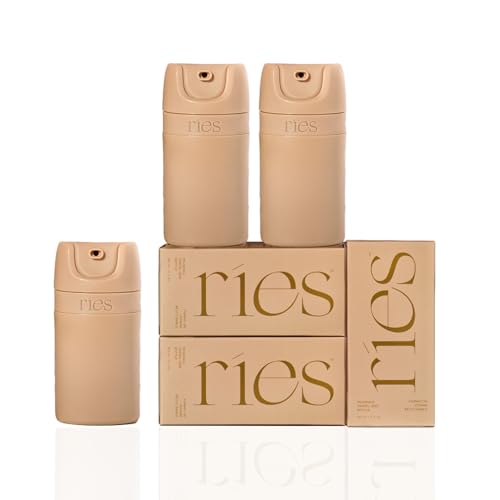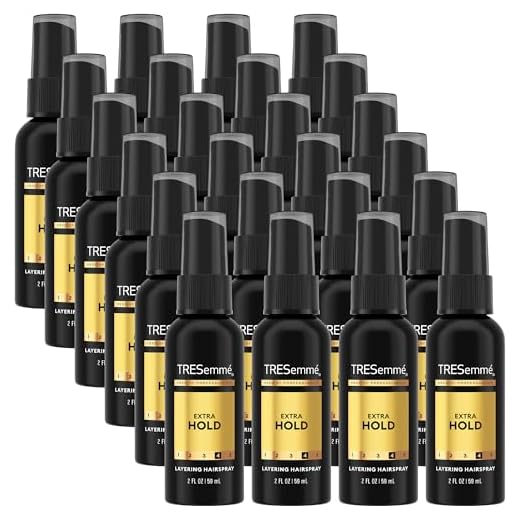







Pack containers of fluids no larger than 100 ml (3.4 fl oz) each; place them together in a single transparent resealable bag with maximum volume 1 litre (~20×20 cm) and present that pouch separately during security screening.
TSA and most EU airports follow the “3-1-1” system: containers ≤100 ml, one clear quart-sized bag per passenger, maximum one bag per person at the checkpoint.
Medications, medical gels and infant formula may exceed 100 ml when medically necessary; declare these items at screening and carry prescriptions or supporting documentation to speed inspection.
Duty-free purchases packaged in tamper-evident bags with receipts generally remain admissible in cabin even if volumes exceed 100 ml, provided seals remain intact and receipts are shown during transfers and at final boarding.
Prohibited items include large aerosol cans, compressed gas cylinders for sporting use, flammable solvents and corrosive chemicals; such hazardous goods must not be carried in cabin and often have strict limits in checked baggage.
Practical tips: decant toiletries into travel-size bottles clearly labeled with capacity, use pre-sized travel kits stamped 100 ml, keep medications in carry-on baggage with original labels, place the clear pouch on top of contents for X-ray convenience, and verify specific airline, airport and country restrictions before departure.
100 ml rule: which containers and transparent bags meet airport security requirements?
Pack containers marked 100 ml (3.4 oz) or smaller inside a single transparent resealable 1‑litre/quart bag; containers with printed capacity over 100 ml will be rejected even if partly used.
Container specifications
Prefer bottles or jars with a clear capacity marking (ml or oz). Acceptable materials: PET/plastic, aluminium, stainless steel, or glass with a protective sleeve. Required features: leak‑proof screw caps, flip tops with secondary lock, or capped spray nozzles. Pump dispensers must have a secure locking mechanism or a tight cap. Unlabelled refill bottles risk removal at screening. Aerosol cans must carry pressure and content markings and meet airline hazardous goods rules.
Transparent bag specifications
Use a single fully transparent resealable plastic bag that can be sealed completely and visibly contains all fluid/gel/cream/aerosol containers. EU/UK practice specifies a 1‑litre capacity (commonly ~20×20 cm). US (TSA) practice specifies a US quart‑sized clear bag (≈0.95 L). Only one bag per passenger at screening; items outside the bag will be removed.
| Region | Container limit | Bag type | Typical bag size | Key points |
|---|---|---|---|---|
| EU / UK | ≤100 ml (each) | Transparent resealable 1‑litre bag | ≈20 × 20 cm | One bag per passenger; containers >100 ml refused even if partially filled; medicines and baby food exceptions with inspection |
| United States (TSA) | ≤3.4 oz (≈100 ml) each | Quart‑sized clear plastic bag | Quart (≈0.95 L); no strict dimension, must fit in screening bin | One bag per passenger; medically necessary items allowed with declaration; pumps and aerosols screened |
| Canada | ≤100 ml (each) | Transparent resealable 1‑litre bag | ≈20 × 20 cm | One bag per passenger; same restrictions as EU/UK; pharmacy items subject to inspection |
Practical tips: buy zip‑seal clear bags sold as “travel 1‑litre” or “quart” size, place caps upward and double‑cap pumps with tape, keep containers with printed capacity on outer surface, and present the sealed bag separately at security screening.
How to pack toiletries and cosmetics to pass security checkpoints
Place creams, gels and aerosols inside a single clear resealable pouch on top of cabin baggage for swift inspection.
Choose rigid, leak-resistant containers made of PET plastic or stainless steel with threaded caps; apply a short strip of plumber’s tape or clear adhesive tape around the cap threads, then seal the bottle in a secondary zip pouch to prevent seepage from pressure changes.
Prioritize solid-format replacements: shampoo and conditioner bars, shampoo tablets, solid balm cleansers, solid deodorant, pressed powder foundation, cream-to-powder sticks and solid perfume wafers eliminate spill risk and speed security checks.
When decanting, fill refill bottles to no more than three-quarters capacity to allow for expansion; label each container with product name and date using a permanent marker or pre-printed waterproof labels.
For fragrances, use travel atomizers with internal springs or vacuum pumps; store vials upright in molded foam inserts or wrap in a small microfiber cloth placed inside the pouch to reduce breakage.
Keep liquid-makeup items such as mascara, liquid eyeliner and cream concealers in original packaging when realistic; otherwise place them alongside other toiletry items in the same clear pouch to group items requiring inspection.
Position the sealed pouch in an external pocket or on top of contents in cabin baggage for quick removal at checkpoints; present the pouch separately when requested by screening staff.
Include a folded absorbent pad or a paper towel inside the pouch and a spare resealable bag for containment of any leaks; isolate and move heavily compromised products to checked baggage before departure.
Confirm carrier and airport rules for pressurized aerosol cosmetics, flammable nail polish remover and similar restricted items well before travel; transfer non-compliant products to hold baggage or replace with compliant alternatives.
Store prescription creams, eye drops and medical gels in original containers with pharmacy labels and a copy of the prescription in an easily accessible pocket; keep those items separate from cosmetic products to expedite medical screening if requested.
Carrying medications, baby milk and special-diet fluids: documentation and screening procedures
Keep medicines in original, pharmacy-labelled containers with a matching prescription or clinician’s letter; present baby milk, breast milk and special-diet fluids at the security checkpoint for separate inspection.
Required documents and packaging
Prescription or clinician’s letter on official letterhead showing full name, generic drug name, dosage, quantity required for travel and prescriber’s contact details. For controlled substances add a dated statement from the prescriber specifying medical necessity.
Pharmacy dispensing label (name, medicine, date) or original manufacturer packaging for infant formula and medical nutrition products. Retain purchase receipts when formula has been opened.
Medical device documentation for injectables, insulin pumps, continuous glucose monitors and auto-injectors: device manual, prescription and any consumable serial numbers. Store sharps in a rigid safety case and carry a clinician note if syringes or needles are required onboard.
When the primary language differs from destination country, carry a short translated summary of the prescription/letter (clinic stamp recommended) or an official translation service printout.
Screening steps and practical actions
Before screening, separate all medical and infant fluids from other cabin baggage items and place them in an accessible compartment; announce their presence to the screening officer and hand over documentation for inspection.
Security staff may request opening containers for visual inspection, perform a swab test for explosive residue, or ask for a small sample. Cooperation speeds clearance; samples are normally disposed of after testing.
Plan extra time: allow an additional 20–45 minutes at security for private screening, possible manual checks and document verification; for international routes allow longer when local rules are unfamiliar.
Check destination and transit-country regulations for controlled medicines (examples often restricted: codeine, morphine, methylphenidate). Obtain any required import permits or written authorisations before travel; airline medical departments can confirm carrier-specific requirements.
Carry quantities that match the prescribed need for travel duration plus a reasonable buffer (24–48 hours). Clearly label bottles or containers with the medication/brand name and date of preparation when possible.
When privacy is requested, ask for a private screening room; if screening staff recommend alternative procedures, request documentation of the action taken for customs or medical follow-up.
Buying duty-free bottles and bringing airport purchases onboard: sealing, receipts and transfer rules
Keep duty-free bottles inside the sealed tamper‑evident bag (STEB) with the original receipt tucked inside; retain sealed until final boarding and present both at any security checkpoint during connections.
- At point of sale: request an STEB, ask staff to place the receipt inside the bag, and confirm the receipt shows date, time, airport code and vendor name.
- STEB characteristics: fully transparent plastic with a visible tamper strip or heat seal and an external label; any visible tampering normally leads to removal or requirement to check the item into the aircraft hold.
- Receipt requirements: tickets commonly require same‑day timestamps; many airports and carriers accept receipts dated within 24–48 hours for transfers, but exceptions exist–keep the printed receipt (photocopies may not be accepted at all checkpoints).
- Connections inside same secure zone: transfers that remain in the sterile area generally permit sealed purchases through the next gate without additional screening.
- Connections that require re‑screening: present STEB and receipt to security staff for manual verification; if the bag cannot be accepted, options include placing the item in checked baggage, arranging shipping through the retailer/airport desk, or surrendering the product.
- Flights to the United States: items bought abroad are typically permitted in carry‑on only if sealed in an STEB with receipt; a broken seal during transfer often results in refusal at US screening points–plan to check the item if re‑screening will occur.
- Onboard purchases: inflight duty‑free sales issued with sealed packaging and a receipt follow the same treatment as airport purchases for transfers; keep both intact until final destination.
- Long layovers and overnight stops: acceptance risk increases when time between purchase and onward travel exceeds 24 hours; request re‑sealing at another duty‑free desk or move the bottle to checked baggage before leaving the secure area.
- If the seal breaks: transfer the bottle to checked baggage if possible, or surrender it at security; keep a photo of the receipt for any retailer dispute or refund claim.
- Final check: national authorities and carriers apply different practices–confirm rules with the airline and both departure and transfer airport security before travel to avoid surprises.
Gels, aerosols and foreign airports: how to check and comply with country-specific fluid restrictions
When transiting through airports with stricter controls, transfer gels and pressurised spray cans into checked baggage or switch to solid alternatives (sticks, bars, powders) to avoid seizure and boarding refusal.
Quick verification checklist
1) Consult three authoritative sources before departure: the departure and transfer airport security pages, the operating carrier’s baggage rules, and the national aviation authority of the transit country; if any source differs, follow the strictest rule.
2) Search terms that return fast, reliable results: “[airport name] aerosols policy”, “[airline name] carry-on aerosols”, “[country] aviation security aerosols”, and “IATA Dangerous Goods Regulations [year]”.
3) For products that may be classed as dangerous goods (UN1950 or flammable aerosols), obtain the manufacturer’s Safety Data Sheet (MSDS) and present it to the airline or airport security on request.
4) If a transfer involves an international sterile zone change (arrival into country A, transfer to country B), confirm whether sealed duty-free items remain valid for the next sector; keep original sealed bag and receipt intact until final boarding.
Packing choices and airline interaction
Pack aerosols with flammable propellants in checked baggage only when national rules permit; if the airline or transit airport forbids them in both checked and cabin stowage, purchase compliant non-aerosol substitutes at origin or at the destination airport. Label prescription sprays and carry the prescriber’s note and original packaging.
When uncertainty remains, call the airline’s baggage desk with product details (brand, volume, propellant type) rather than relying on forum posts. Ask for written confirmation by email if a costly item will be transported.
For additional travel gear and incidental purchases check local retailers such as best umbrella shop townhall coimbatore and pet clothing options like best active winter sweaters for small breed dogs.








